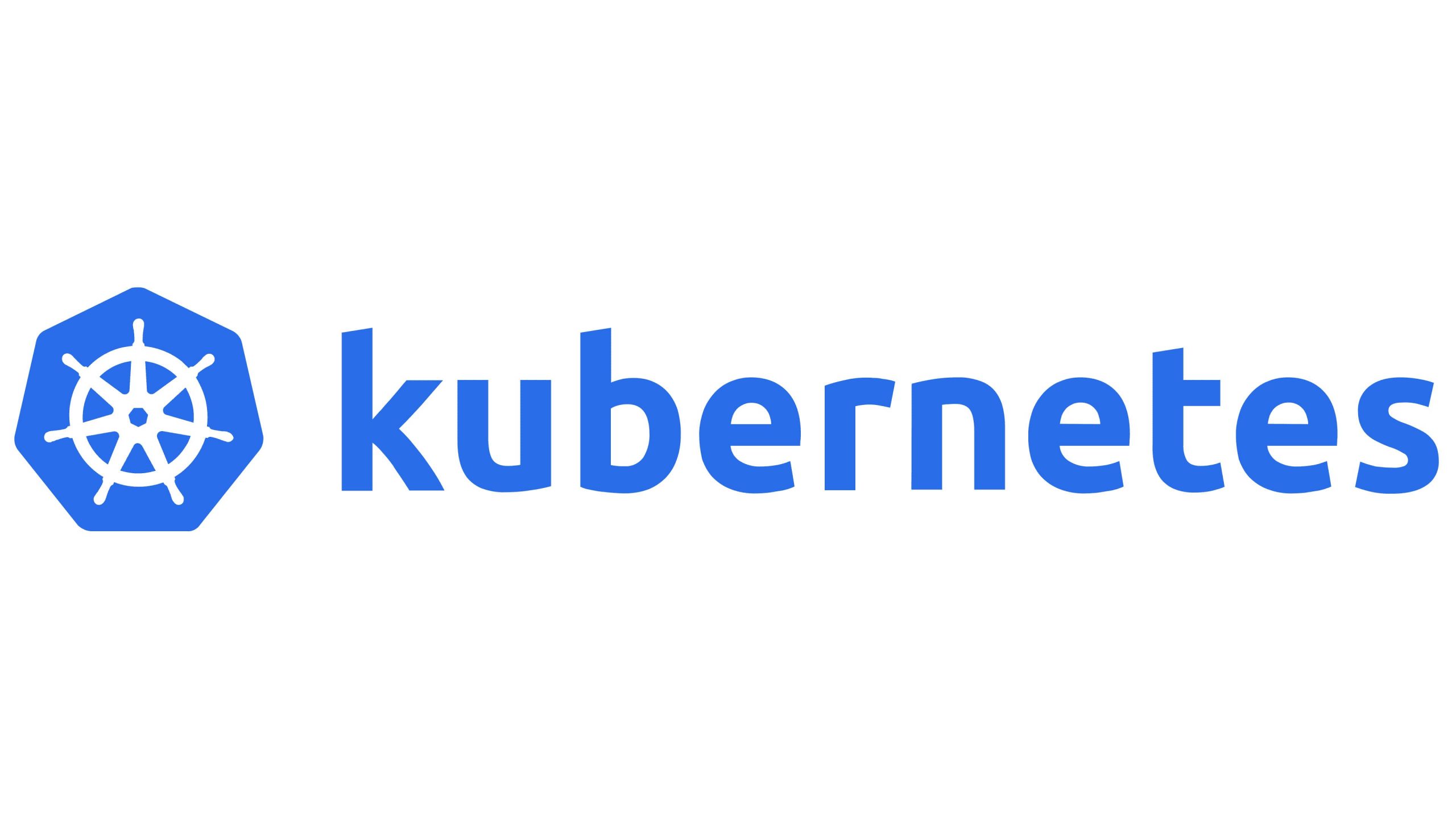Understanding Kubernetes ConfigMaps
Introduction: In Kubernetes, ConfigMaps are used to decouple configuration artifacts from containerized applications. They allow you to manage configuration data independently of your application code, making it easier to update configurations without changing the application itself. This guide will provide a comprehensive overview of ConfigMaps, including what they are, how to create them, and…









